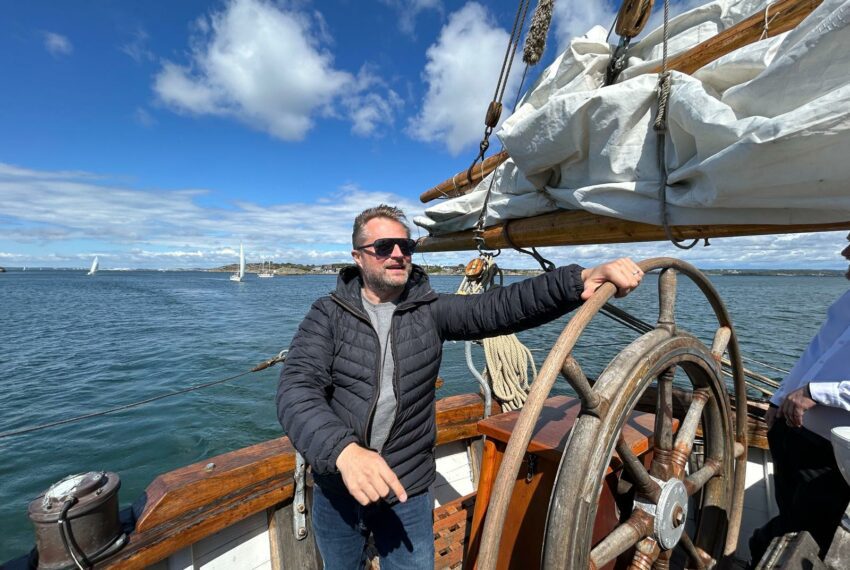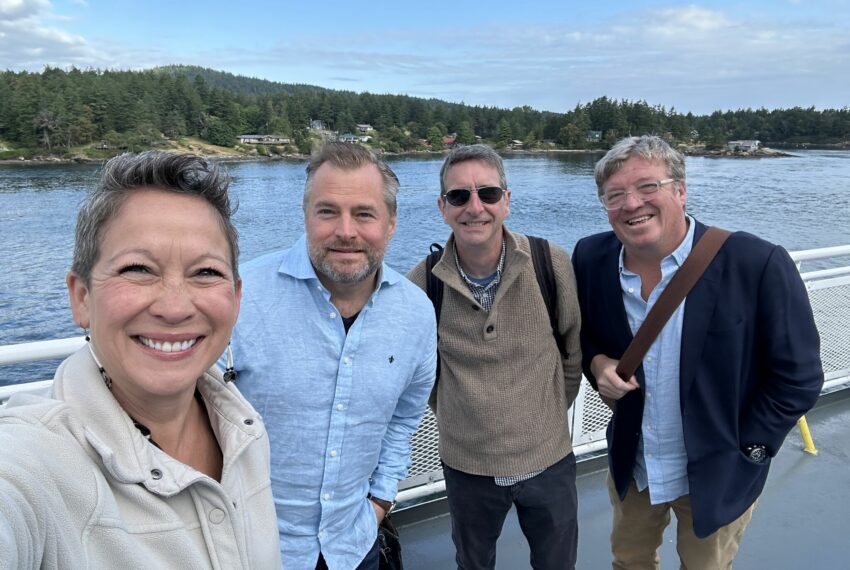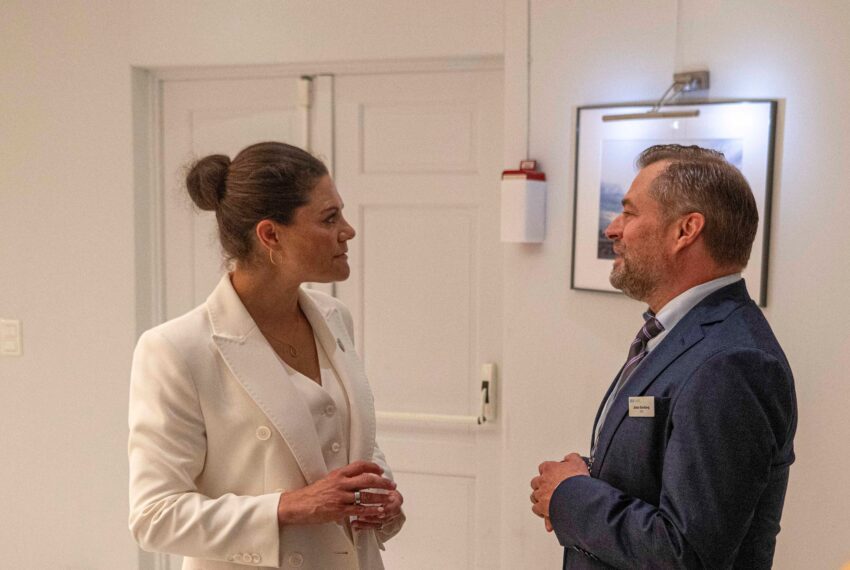SeaTwirl is aware that there are currently ongoing fraud attempts by misuse of SeaTwirl’s brand. Read more here
01 / About SeaTwirl
Our vision is to become a leading supplier of floating wind turbines
Wind power is an endless source of renewable and clean energy. As land and shallow waters are facing increasing challenges focus is now to enable wind power on the deep oceans. The future needs sustainable solutions and we are ready to take on the challenge. SeaTwirl develops floating vertical-axis wind turbines that are easier to build, install, and maintain. Our purpose is to enable floating wind wherever it is needed.
Wind power is an endless source of renewable and clean energy. As land and shallow waters are facing increasing challenges focus is now to enable wind power on the deep oceans. The future needs sustainable solutions and we are ready to take on the challenge. SeaTwirl develops floating vertical-axis wind turbines that are easier to build, install, and maintain. Our purpose is to enable floating wind wherever it is needed.
02 / News
News
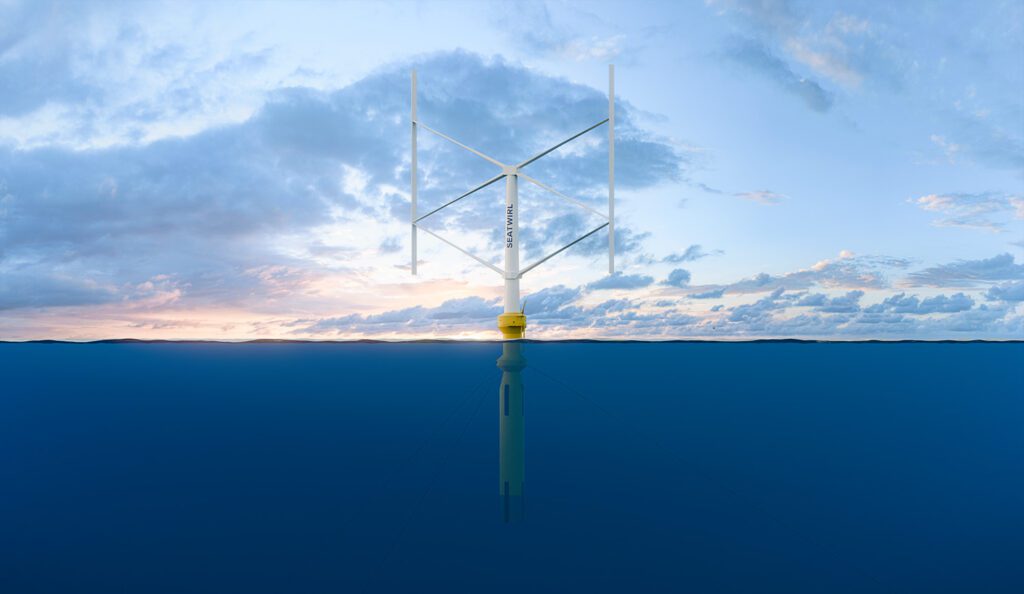
03 / Our Technology
Our Technology
SeaTwirl’s unique floating vertical-axis wind turbine is a robust solution designed from the start for the deep-water offshore environment. A low center of gravity, enabled by integrating the tower and the spar into one rotating unit, provides many beneficial qualities. It means the floater can use less steel than conventional floating solutions, the turbine enables easier access for service and maintenance which results in lower maintenance costs and the possibility of using locally available vessels. SeaTwirl offer an integrated solution where the turbine and foundation are merged from the start, eliminating the complex interface between wind turbine and substructure.
Floating turbine
The offshore wind industry is dominated by bottom fixed turbine technology. In a floating environment the context is different, and we are convinced that the vertical-axis turbine has an important role to play in this market. Market projections estimate an annual growth rate (CAGR) of more than 40% from the end of the 2020’s.
Easy maintenance
Parts requiring maintenance are inside the Generator housing, which is easily accessible, right above water level and below the wind turbine.
Integrated structure
SeaTwirl offer an integrated solution where the turbine and foundation are merged from the start, eliminating the complex interface between wind turbine and substructure.
04 / Explore our Markets
Explore our Markets
SeaTwirl has identified markets where the vertical-axis wind turbines can meet a clear market demand. The niche markets that have been identified are oil and gas platforms, islands and remote seaside villages, wind farms and fish farms. These are businesses and places that run mainly on electricity from diesel generators, which emit C02 and are expensive.
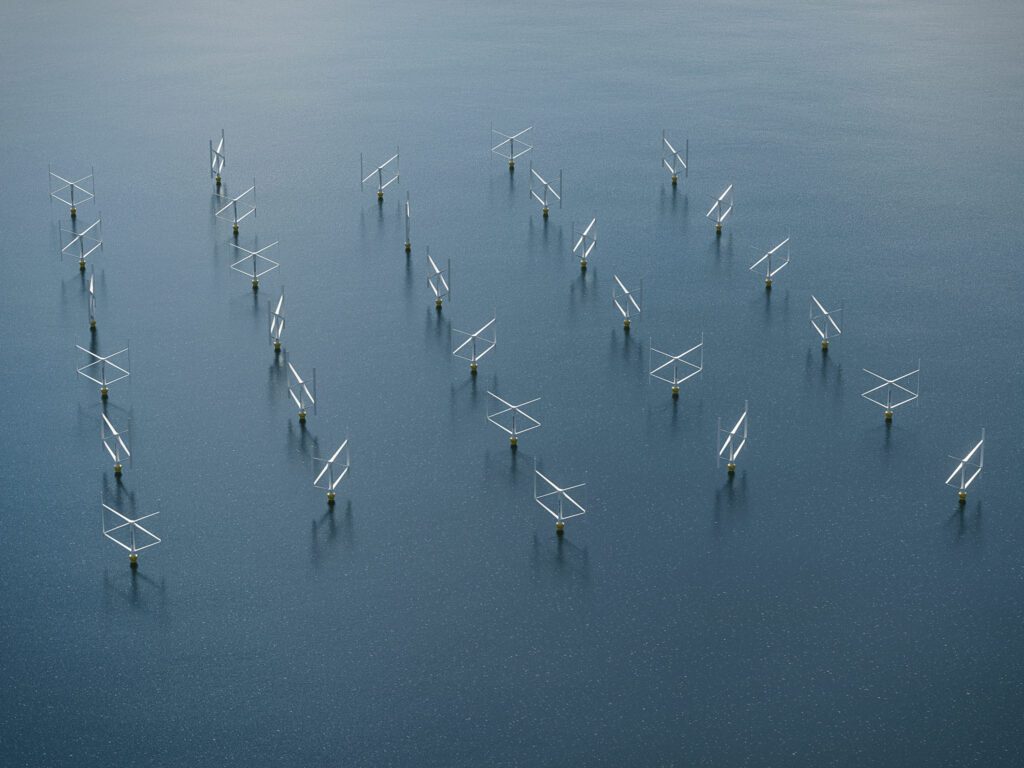

05 / Investor Relations
Investor Relations
Why invest in SeaTwirl? Investing in floating offshore wind power is not just an investment in clean energy; it is an investment in a brighter, more sustainable future for generations to come. Let’s harness the power of the wind and lead the way towards a cleaner, greener tomorrow!
06 / About us
About us
SeaTwirl and our planet is facing a global challenge. We want to make our contribution to eliminate the use of fossil fuels and significantly reduce its devastating long-term effects on the environment and all other life forms. We firmly believe that our work will make a difference.
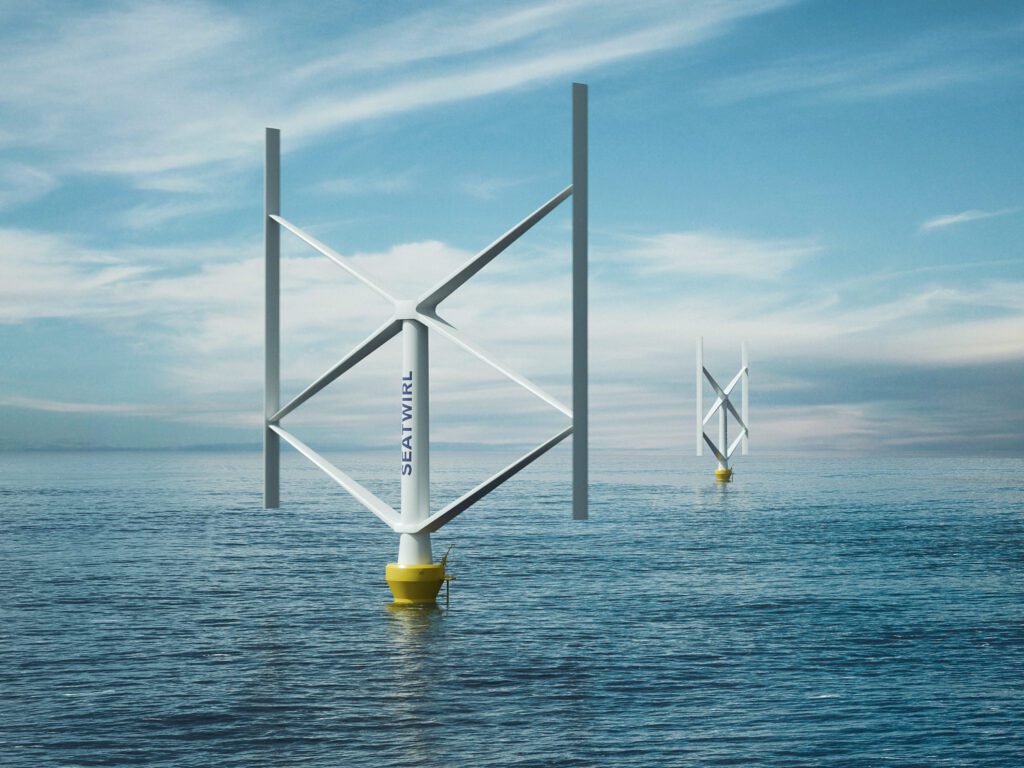

07 / Career
Job opportunities
Do you want to be part of a dedicated, fun, and ambitious team, and at the same time contribute to changing the world for the better? The SeaTwirl team is highly motivated with extensive technological expertise and entrepreneurial experience. The team provides a strong base for the key technology development of floating offshore wind turbines.
Design Engineer – Floating Wind Turbine
Design the Future of Offshore Energy! We’re developing the next generation of floating wind turbine systems – and we’re looking for a Design Engineer with a strong mechanical background and a passion for building complex, real-world systems.
Lead Design Engineer – Floating Wind Turbine
Shape, Design and Lead the Future of Offshore Energy! At SeaTwirl, we’re developing the next generation of floating vertical-axis wind turbines – designed specifically for deep waters where traditional turbines can’t go.
Structural Engineer
This role is a fixed-term opportunity, ideal for those who enjoy project-based work with clear goals and timelines. As a Structural Engineer, you will conduct structural evaluations of everything from the large SPAR to smaller components to ensure the safety and reliability of the floating wind turbine system.
“Global electricity demand is expected to rise at a faster rate over the next three years, growing by an average of 3.4% annually through 2026.”
IEA
ELECTRICTY 2024 ANALYSIS AND FORECAST TO 2026

